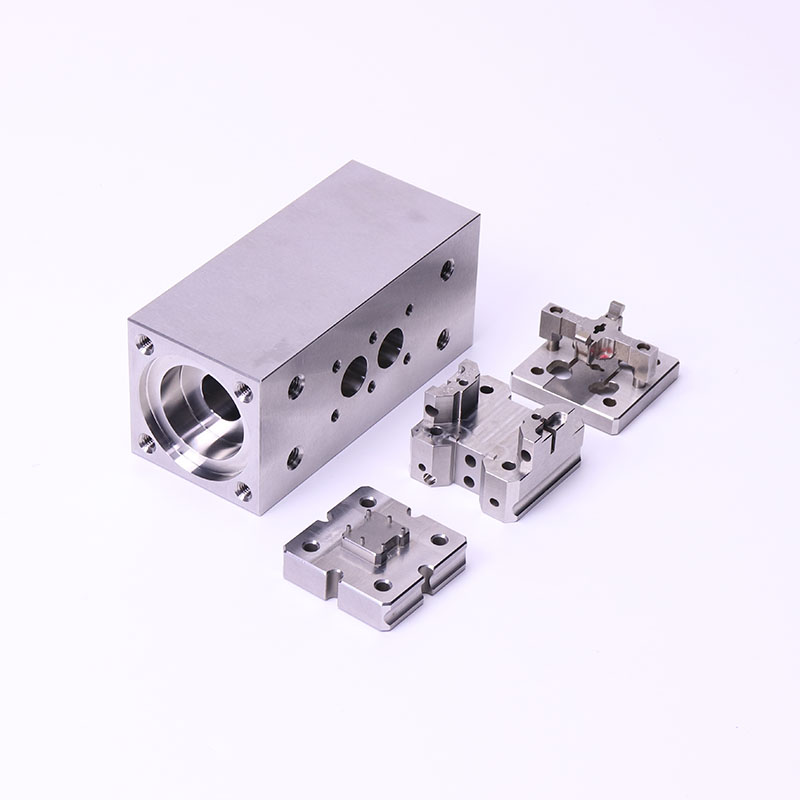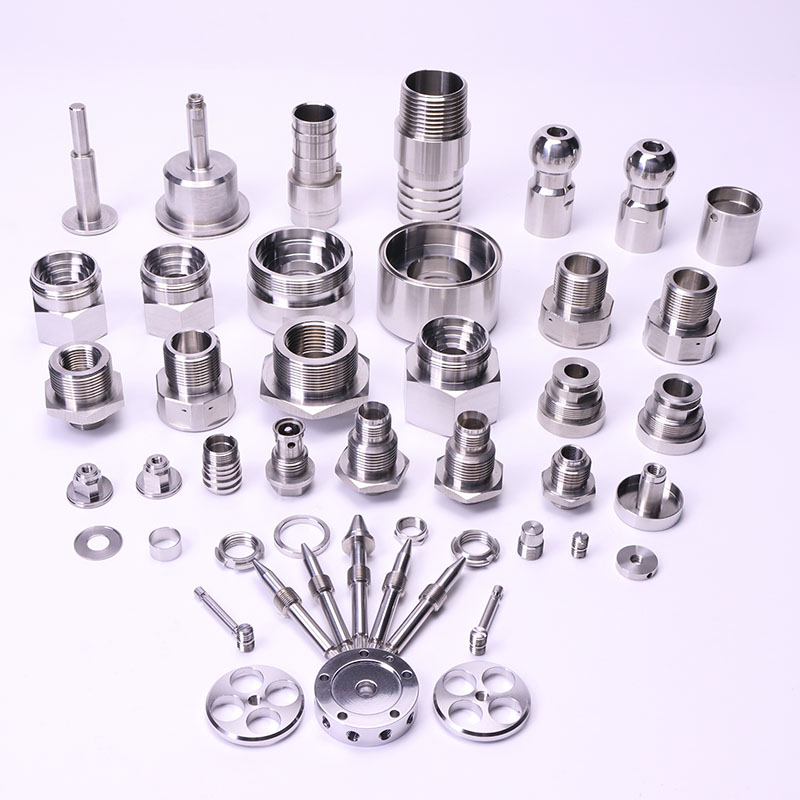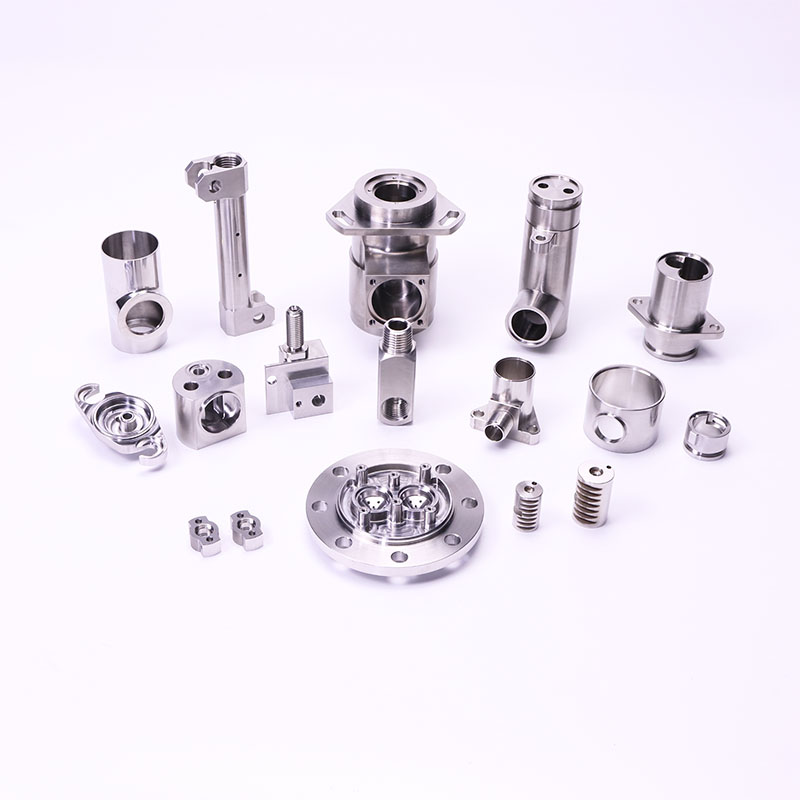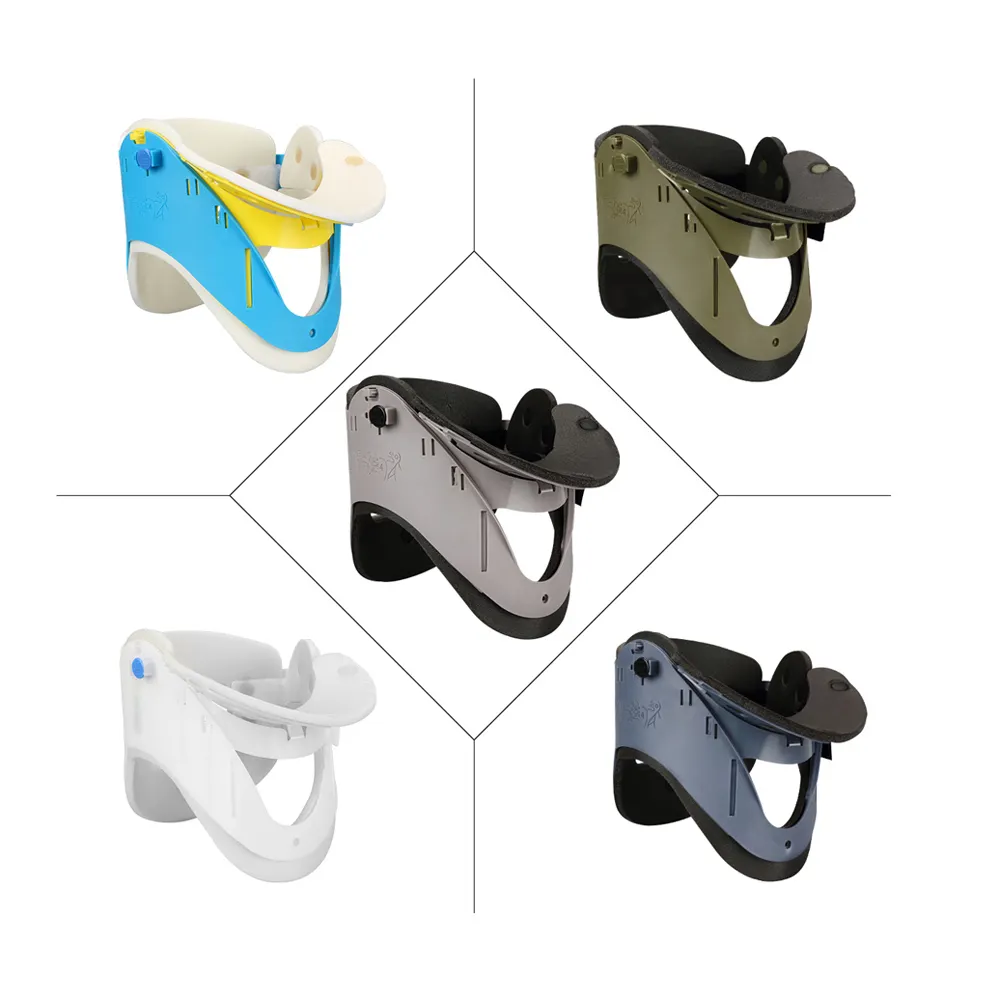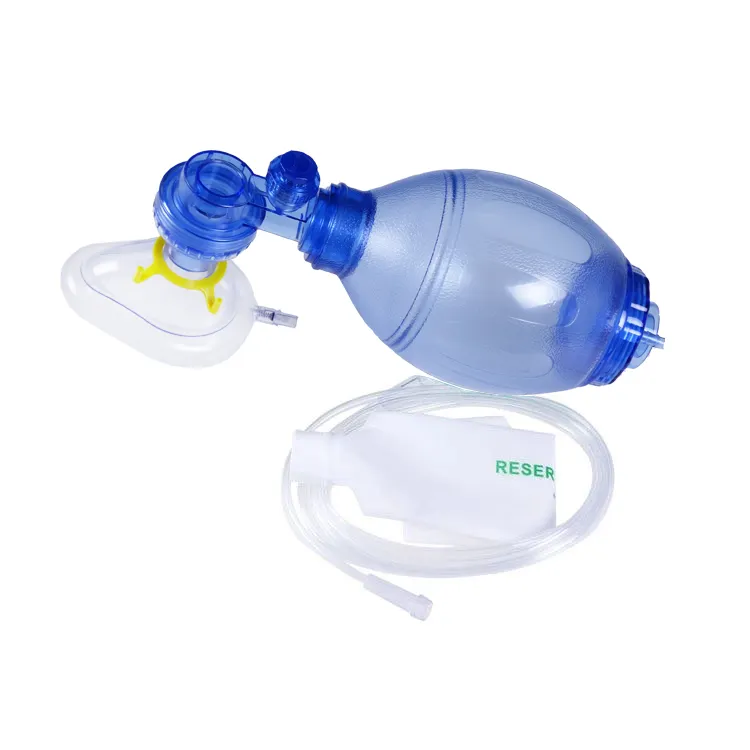Unlocking the Power of Machining Milling for Efficient and Precise Manufacturing Solutions
Abstract
In the world of modern manufacturing, machining milling has emerged as a cornerstone for precision and efficiency. This article explores the fundamentals of machining milling, its applications, and how industries such as aerospace, automotive, and electronics benefit from it. We also examine the cutting-edge technology used in milling processes, the advantages of incorporating machining milling into production lines, and how it is shaping the future of manufacturing.
Introduction
Machining milling, one of the most common and versatile manufacturing processes, plays a vital role in the creation of high-precision parts. Whether it's for metalworking, plastic manufacturing, or advanced engineering applications, milling has proven itself indispensable in meeting the demands of modern production. For businesses like Xiamen Prime Kunwu Industrial Co., Ltd., understanding the intricacies of machining milling is crucial to providing high-quality products to clients across diverse industries.
This article aims to provide a comprehensive overview of what milling is, how it works, and why it's essential for producing complex, high-precision components. It will also explore industry-specific applications, technological advancements, and the future trends shaping machining milling processes.
1. Understanding Machining Milling
1.1 What is Milling?
Milling refers to a machining process that involves the use of a rotating cutter to remove material from a workpiece. Unlike traditional methods such as turning, which involves a rotating workpiece, milling involves the rotation of the cutting tool. This process is used to create a variety of shapes, including slots, grooves, and complex contours.
Milling can be broadly classified into two categories: vertical milling and horizontal milling. Both types serve distinct purposes and are selected based on the specific requirements of the job.
1.2 The Milling Process: How It Works
The process of machining milling involves the following steps:
Setup: The workpiece is fixed on the machine bed, and the milling tool is installed.
Cutting: As the rotating cutter moves across the material, it cuts into the workpiece, removing excess material.
Finishing: The material is shaped to the desired dimensions, providing a high-quality finish with minimal tolerance.
Milling machines can handle a wide range of materials, including metals (such as aluminum, steel, and titanium), plastics, and composites. The precision achieved in machining milling makes it ideal for industries requiring highly detailed and accurate components.
1.3 Advantages of Machining Milling
The main advantages of machining milling include:
High Precision: Milling produces components with tight tolerances, ideal for high-performance applications.
Versatility: A variety of materials can be milled, allowing for flexibility in production.
Complex Shapes: Milling can create intricate geometries that would be difficult or impossible to produce with other methods.
2. Applications of Machining Milling in Industries
2.1 Aerospace Industry
The aerospace industry relies heavily on machining milling to produce components such as turbine blades, aircraft parts, and engine housings. Due to the need for high precision and the use of advanced materials like titanium alloys, milling is essential for manufacturing parts that meet stringent quality standards.
Case Study: One example is the use of CNC milling machines to manufacture aircraft wing components. These parts require intricate detailing and precision, which milling can provide without compromising strength.
2.2 Automotive Industry
In the automotive sector, machining milling is used to produce critical components like engine blocks, transmission housings, and brake parts. The ability to achieve tight tolerances is essential for ensuring that all parts fit together perfectly and function as intended.
Case Study: Leading automotive manufacturers have adopted 5-axis milling machines to create complex engine components, significantly improving production time and part quality.
2.3 Electronics and Consumer Goods
Milling is also integral to the production of consumer electronics and goods. Components such as mobile phone housings, camera lenses, and intricate circuit boards require high precision, which is why milling machines are a go-to solution.
Case Study: Mobile phone manufacturers use CNC milling to cut intricate designs for phone enclosures, where both aesthetics and precision are critical.
3. Technological Advancements in Machining Milling
3.1 CNC Milling Technology
Computer Numerical Control (CNC) milling has revolutionized the milling process. CNC machines use computerized programs to control the movement of the cutting tool, allowing for automation, precision, and flexibility in manufacturing. This technology has made it possible to produce complex parts with ease, drastically reducing human error and production time.
3.2 Multi-Axis Milling Machines
Multi-axis milling machines are capable of rotating the workpiece and tool in multiple directions, allowing for the creation of intricate shapes and geometries. These advanced machines are highly beneficial for industries such as aerospace and automotive, where parts require multiple angles of cut to achieve the desired outcome.
3.3 3D Milling and Additive Manufacturing Integration
The integration of milling with additive manufacturing technologies (like 3D printing) is an emerging trend in the industry. This hybrid approach allows manufacturers to produce parts with both high precision and complex geometries in a shorter time frame, offering significant advantages in rapid prototyping and production.
4. Market Trends and the Future of Machining Milling
4.1 Increasing Demand for Automation
As industries continue to demand higher efficiency and lower production costs, automation in milling processes is becoming more widespread. CNC machines with automated loading and unloading systems are becoming standard in many manufacturing plants, increasing production speed and consistency.
4.2 The Rise of Sustainable Manufacturing
Sustainability is a growing concern in the manufacturing sector. The demand for environmentally friendly practices has led to the development of energy-efficient milling machines and the increased use of recyclable materials. Companies are also focusing on reducing waste during the milling process.
Conclusion
Machining milling is a crucial technology that supports modern manufacturing across various industries. Its precision, versatility, and ability to handle complex geometries make it indispensable for producing high-quality parts. With continued technological advancements, including CNC milling, multi-axis machines, and the integration with additive manufacturing, machining milling will continue to evolve, driving efficiencies and shaping the future of manufacturing.
As companies like Xiamen Prime Kunwu Industrial Co., Ltd. continue to embrace these advancements, they are positioned to meet the ever-growing demand for high-precision parts, ensuring that they remain at the forefront of innovation in the global manufacturing landscape.
References
Smith, J. (2022). Advances in CNC Milling Technology. International Journal of Manufacturing.
Brown, K. & Miller, L. (2021). The Role of Machining Milling in Aerospace. Aerospace Engineering Review.
Wang, X., & Zhang, Y. (2023). Milling Technologies for Precision Parts in Automotive Manufacturing. Journal of Automotive Engineering.
FAQs
What is machining milling and how does it work?
Machining milling involves rotating tools to remove material from a workpiece, shaping it into desired forms with high precision.What are the benefits of machining milling in manufacturing?
Machining milling offers high accuracy, versatility, and the ability to produce complex shapes, making it ideal for precision manufacturing.How does CNC milling differ from traditional milling?
CNC milling is computer-controlled, offering automated precision, faster production, and less human error compared to traditional milling.What industries use machining milling the most?
Aerospace, automotive, and electronics industries rely heavily on machining milling for precision parts and high-quality components.Is machining milling suitable for all materials?
Yes, machining milling works for various materials, including metals, plastics, and composites, providing versatility across industries.
Contact Info
Mr. Brook Lin
Job Title: Sales manager
E-mail: [email protected]
Mob/WhatsApp:+86 13599927066
Wechat:+86 13599927066 Skype:+86 13599927066
Country/Region: China (Mainland) Province/State: Fujian
Operational Address: Building 172, Tongan Industrial Zone, Tongan Area, Xiamen, Fujian, China (Mainland) Zip: 361100

